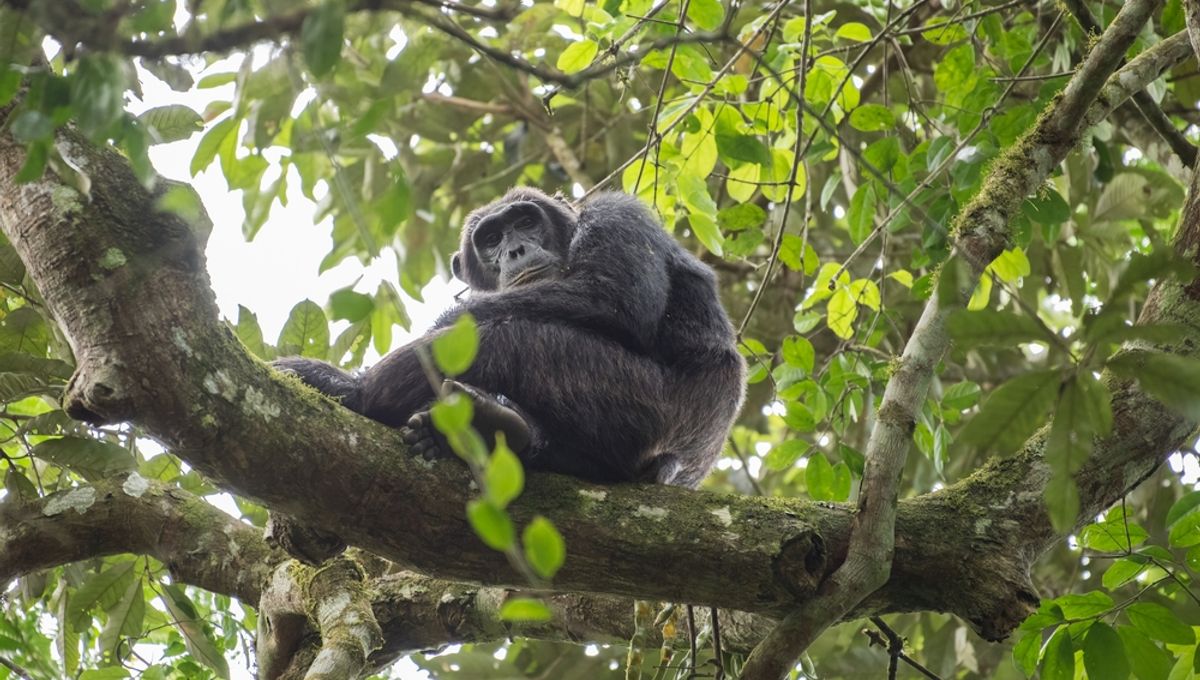Prepare to be amazed by the shocking reports surrounding the Bondo ape! For decades, these tales have captivated our imaginations. But are they fact or fiction? Let’s dive into the mysterious world of the great apes in the Congolese rainforest.
In 1996, Karl Ammann, a Swiss Kenyan photographer and conservationist, embarked on a scientific quest to uncover the truth about the Bili ape. His journey led him to the Royal Museum for Central Africa in Belgium, where he stumbled upon a collection of skulls. These skulls, resembling gorillas with their prominent “mohawk” ridge, were found near the town of Bili in the northern Democratic Republic of Congo (DRC). However, something didn’t add up. The shape and size of the skulls were more akin to a chimp, and there were no known gorilla populations in the region. The mystery deepened.
Ammann’s adventure took him to the northern reaches of the DRC, where he encountered local hunters with astonishing stories. They spoke of giant apes that could kill lions and were immune to poisonous darts. These enigmatic creatures were even said to howl at the full moon. Ammann purchased photographs from locals, depicting them posing with the massive bodies of the apes they had hunted.
Although Ammann’s mission yielded evidence such as large chimp poop and footprints larger than a gorilla’s, conclusive proof of the Bili ape remained elusive.
Another expedition in 2002 and 2003 aimed to unravel the mystery. Dr. Shelly Williams, a researcher on the team, returned from the DRC with astonishing claims. She described larger animals with gorilla-like faces, turning gray early in life. These creatures made distinct howling vocalizations, especially during the rise and set of the full moon. Williams proposed that they could be a new species, a new subspecies of chimpanzee, or a gorilla-chimp hybrid. The media eagerly reported on these sensational findings.
However, doubt soon cast a shadow over these bold claims. Primatologist Dr. Cleve Hicks and his team observed what they believed to be Bili apes for over 20 hours in the wild. Their findings, reported by New Scientist in 2006, revealed that these apes were not a new species or subspecies but rather an intriguing population of chimpanzees. DNA analysis confirmed their identity as eastern chimpanzees (Pan troglodytes schweinfurthii).
Hicks’ research shed light on the unique characteristics of the Bili chimp population. They possessed a gorilla-like ridge on their skulls and built nests on the ground. Additionally, they exhibited unusual behavior such as smashing termite mounds and using rocks as anvils to crack open tortoise shells. However, claims of lion-eating and walking on two feet remain unverified. The behavior of the Bili-Uéré region chimps remains a mystery, especially considering the disruptions caused by past wars in the area.
The world of great apes never fails to surprise us. While some aspects of the Bondo ape tales may have been exaggerated, the allure of these magnificent creatures continues to captivate our imagination.








